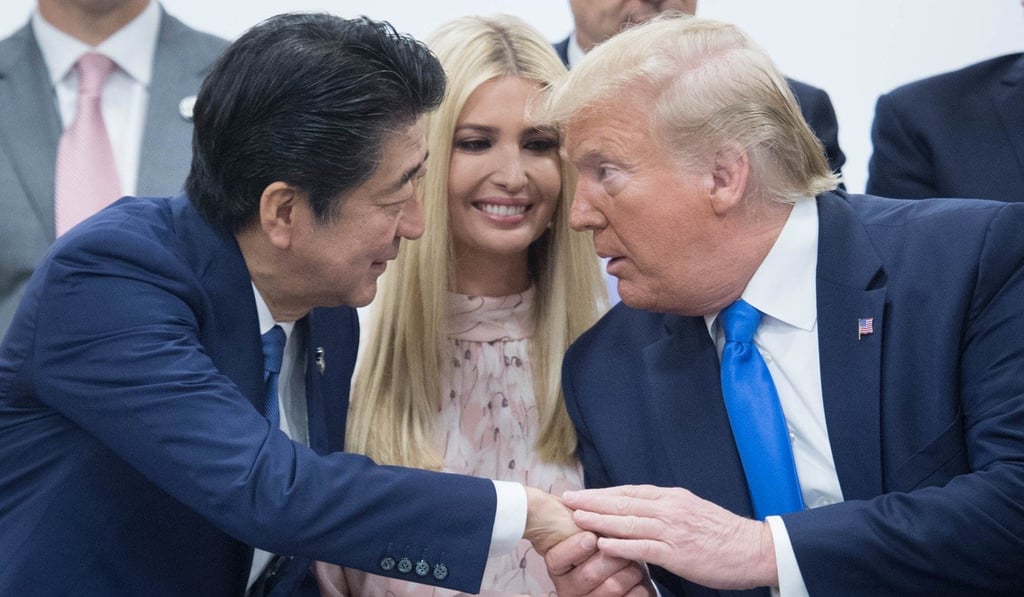Advertisement
Asian Angle | Cringeworthy, yes, but Ivanka Trump had something to say about US-India ties
- As cringeworthy as it was to watch Donald Trump’s daughter at the G20, her glowing comments about India carried a message worth noting
- Amid fears for bilateral ties and tension over Delhi’s links with China, Iran and Russia, the US is saying: ‘Don’t worry, we can work through this’
Reading Time:4 minutes
Why you can trust SCMP

Many of the post-G20 headlines were hogged by one widely circulated – and admittedly cringe-inducing – video of Ivanka Trump inserting herself awkwardly into a conversation between the leaders of Britain, France and Canada, prompting one apparently dismissive look from the head of the International Monetary Fund.
It was, however, another less noticed – if equally cringeworthy – Ivanka Trump video from Osaka that drew the attention of followers of US-India relations, where she emerged in the unlikely role of State Department spokesperson. Providing a readout of her father’s meetings with India’s Narendra Modi and Japan’s Shinzo Abe, she described India glowingly as “a critical trading partner, a critical security partner and a critical ally”.

Advertisement
Leaving aside the incongruity of Trump’s daughter emerging as an unlikely spokesperson for US-India relations – and engaging with an Indian prime minister who rose to power on a platform slamming dynastic politics – her video, as odd as it was in delivery and in conception, did carry a message worth noting. And regardless of the intense criticism at home for nepotism over Ivanka’s expanded role in the administration, including apparently as an unofficial second Secretary of State, the Modi government certainly isn’t going to be complaining about having another Trump bat for India, notwithstanding its aversion to political dynasties.
Indeed, her upbeat reading was a sharp contrast to a relationship recently in the headlines for the wrong reasons over a number of spats, most notably on trade. A relationship, according to some observers, in worrying free-fall. Only days after Modi was basking in his stunning May election victory for a second term, the Trump administration revoked India’s trade benefits under its Generalised System of Preferences (GSP) status, essentially taxing US$5.5 billion worth of Indian imports. Delhi responded with retaliatory tariffs of its own, and was left once again concerned about how Trump really viewed what has been an increasingly crucial strategic relationship for India.
Advertisement
Advertisement
Select Voice
Choose your listening speed
Get through articles 2x faster
1.25x
250 WPM
Slow
Average
Fast
1.25x
